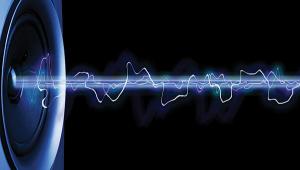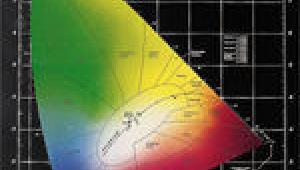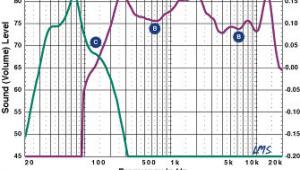HT Measurements Explained: The RGB Triangle of Death - Video Measurements Page 3
Last, but not least, is horizontal resolution, which measures the number of alternating black and white vertical lines, dots, or pixels that the display can reproduce. We use a wedge of converging black and white lines, marked with various resolution points, to determine a display's resolution. Horizontal resolution is measured per picture height, or per square area, in NTSC systems, which is 75 percent of the display's width. Computer and ATSC (HD) displays measure resolution across the entire width of the image. To compare the resolution of an NTSC display with a computer monitor, for example, multiply the measurement by 1.33 (this accounts for the additional 25 percent). Unfortunately, we don't have appropriate test signals for definitively measuring HDTV displays. CRTs, being analog devices, have a horizontal resolution that fades. As the pixels get finer and finer, the CRT begins to blend them together. Since we are using our eyes to determine the point at which the display no longer creates distinct pixels, we refer to horizontal resolution as an apparent measurement. DLP and LCD displays, however, are limited to the number of panels, or pixels, that make up the display. An 800:600 panel can't have greater resolution than 800 pixels, but its apparent resolution could be less.
Now, you are empowered to brave the storefronts to find a better television. You may find, as many people do, that the more "accurate" displays aren't to your liking. In that case, lean toward ones that are tinted blue (don't worry, I won't tell). Or you can use our chart to narrow your choices to only those displays that have the potential for the best color fidelity, figuring you can have an ISF tech tweak it. Admittedly, horizontal resolution and light output are measured with some margin for error and are better-used as a guide. Hopefully, though, this provides you with a better understanding of our measurements and gives you one more arrow in your quiver to hunt down a better system.


















































